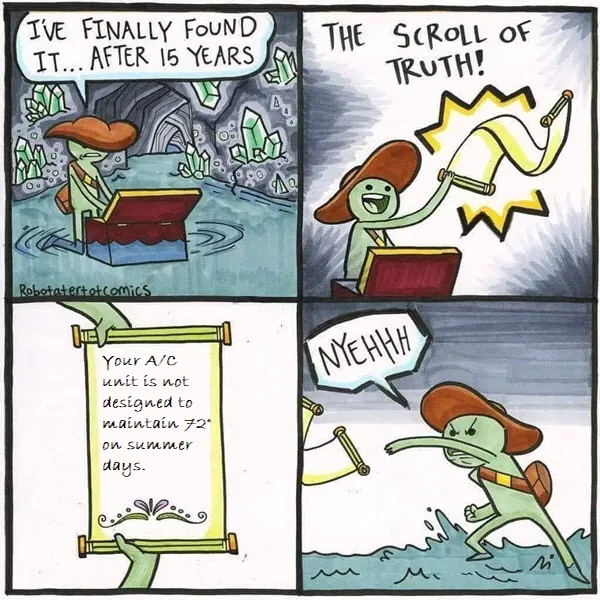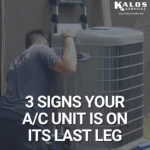It’s that time of the year again. The kids are out of school, the swimming pools are crowded, and the dreaded HEAT is back in full force. Unfortunately, your A/C unit isn't a magical cure for the summer heat. It will have to work extra hard to maintain indoor air temperatures in the upper 70s, and it's still likely to fail. A/C summer survival is a tricky business.
Of course, we understand your frustration with those A/C unit setbacks. We know you’d prefer not to spend money on an A/C unit repair. Waiting for a technician to come out may also be more than a little inconvenient.
However, you can help take some of the load off your A/C system with a few small adjustments to your home or routine, beyond changing a filter regularly. (Seriously, staying on top of your filter replacements makes a world of difference.) Sunshine State veterans and newbies alike can conquer the summers by trying out these five A/C summer survival tips.
1. CLOSE CURTAINS AND BLINDS
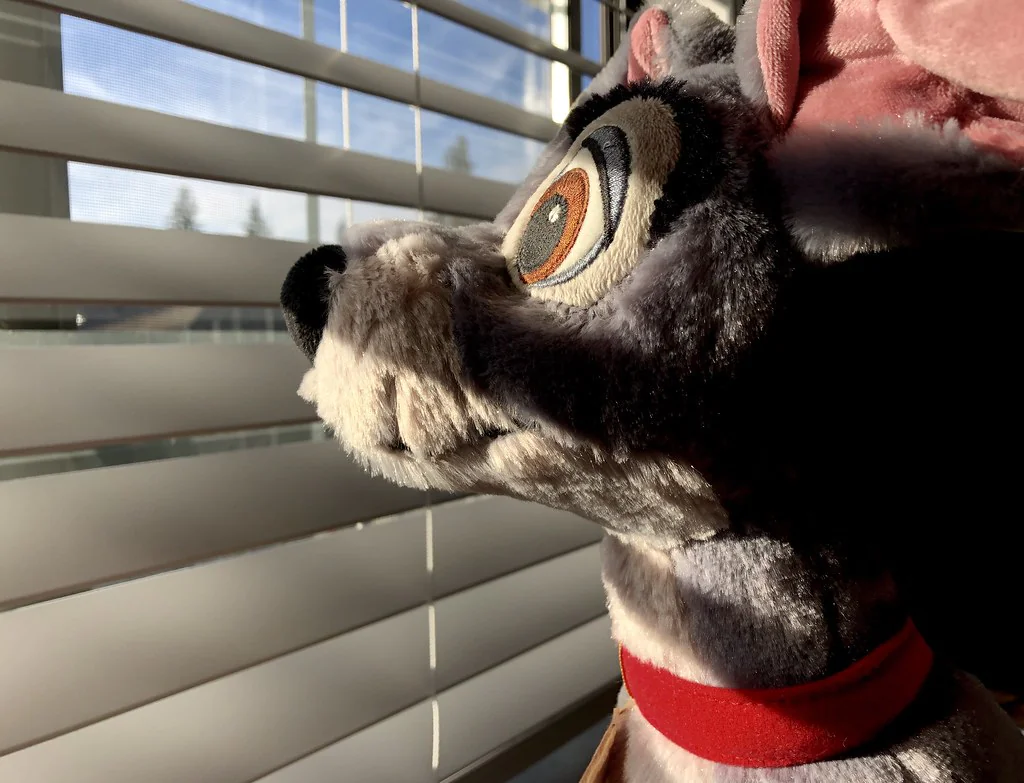
It sure can be tempting to let that lovely natural light in. Still, you’ll want to keep those curtains and blinds closed to keep the heat at bay.
The heat from the sun enters your home through your windows. The sun’s heat comes in via electromagnetic waves (solar radiation). Your windows absorb or reflect less than 25% of that radiative heat without any protection. That means at least 75% of that solar radiation ends up in your home!
However, curtains and blinds can prevent heat from passing through. According to the Engineering Toolbox, Venetian blinds have a near-100% rate of reflecting or absorbing solar radiation (when they’re fully closed). Very little, if any, of the sun’s heat comes in. Vertical blinds have a slightly lower success rate (95%), but they’re still much better than nothing at all.
So, if you have curtains or blinds, consider keeping them closed throughout the day. It’ll take some of the heat load off your A/C system. If you don’t have any, consider putting up a curtain or installing some Venetian blinds.
2. REPLACE INCANDESCENT OR HALOGEN BULBS WITH LED BULBS
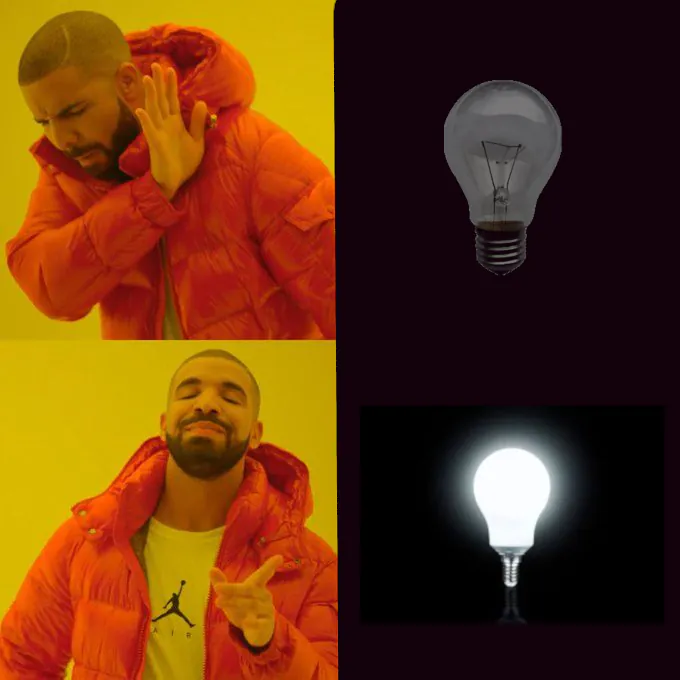
I know some of you are attached to those run-of-the-mill incandescent bulbs. We can't deny that their dimness is charming and calming. Unfortunately, they lose a lot of their energy to heat and make a room much hotter.
On the other hand, LED lights have a load of benefits. They reduce your power consumption and will save you money on your electric bill. They also last up to 20 times longer than incandescent/halogen bulbs. You may remember fluorescent bulbs being touted as another recent eco-friendly alternative to incandescent/halogen bulbs. However, contain harmful mercury. Typical white LED bulbs don’t contain harmful amounts of chemicals. (Note: This piece of information does not apply to allergies. Be careful handling them if you have a nickel allergy.)
Oh, LED bulbs give off WAY less heat. Have you eaten in a small dining room with a large incandescent light fixture above the table? It gets hot really quickly. It's also a lot less pleasant when multiple people and hot food add to the heat load. Even in those situations, LED bulbs can make a sizable difference in your comfort level and the heat load.
So, in short, LED bulbs are better for the environment, your wallet, and your A/C system.
3. TURN FANS OFF WHEN YOU LEAVE A ROOM
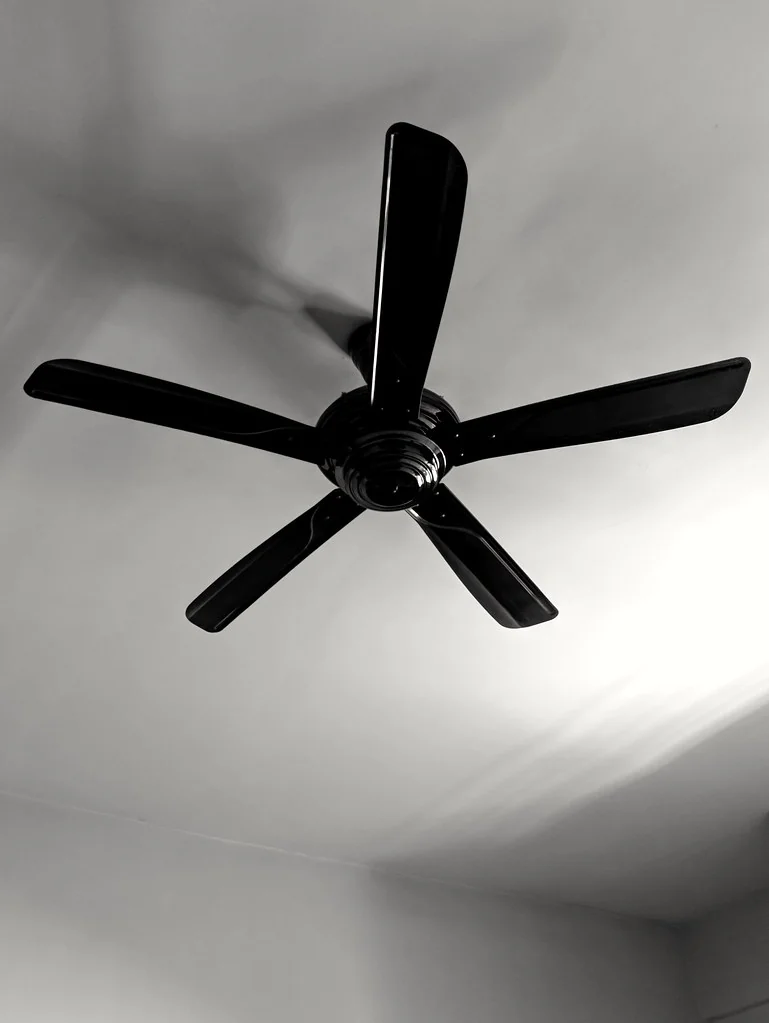
While your A/C system may be the MVP during summers, our fans also deserve recognition. There’s no better feeling than when those first few gusts of air reach your shoulders after your fan kicks into high gear. (Well, maybe the first taste of an ice pop is better…)
Wouldn’t we have an easier job keeping our homes cool if the air is constantly circulating?
You may be surprised to learn that fans don’t do anything to cool the room. They transfer heat via convection as they pull hot air upward, away from the room's occupants. However, that heat stays in the room near the ceiling. It remains part of the overall heat load in the home. The fan also introduces its own heat. As the fan blades spin, they generate mechanical energy. That energy increases the overall temperature in a room. Running the fans actually harms your A/C summer survival efforts.
So, if you want a nice gust of air when you’re in the room, turn that fan on. If you don’t want to keep adding heat to the room when you’re not there, we recommend turning your fans off.
4. AVOID USING THE OVEN OR STOVE DURING THE DAY
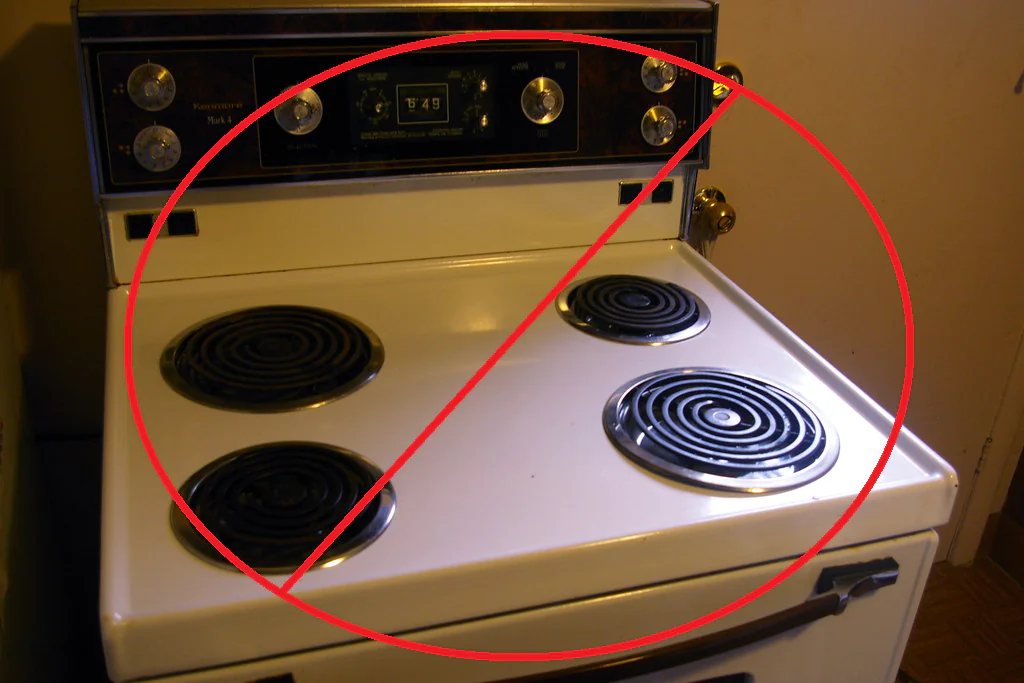
We know how much you love those pizza rolls. We also know how much heat the oven adds to your home when you cook them.
When you use the stove or oven during the hottest parts of the day, you add even MORE heat to your home. Of course, the heat gets more severe if you run them at high temperatures for longer periods. Many A/C units have to strain to maintain 78°F indoors with a 98°F outdoor temperature. Now, imagine how much harder it will be for your unit to keep up if you have an active heat source adding to the heat load INSIDE the home.
Pizza delivery exists for a reason. It’s probably a better idea to order pizza and have it delivered than it is to heat your pizza rolls AND your home. (Now that Grubhub, Doordash, and Uber Eats are on the scene, you can probably order in a lot more than just pizza!)
5. IF YOUR UNIT IS WORKING PROPERLY, MIST THE OUTDOOR UNIT WITH A LAWN SPRINKLER
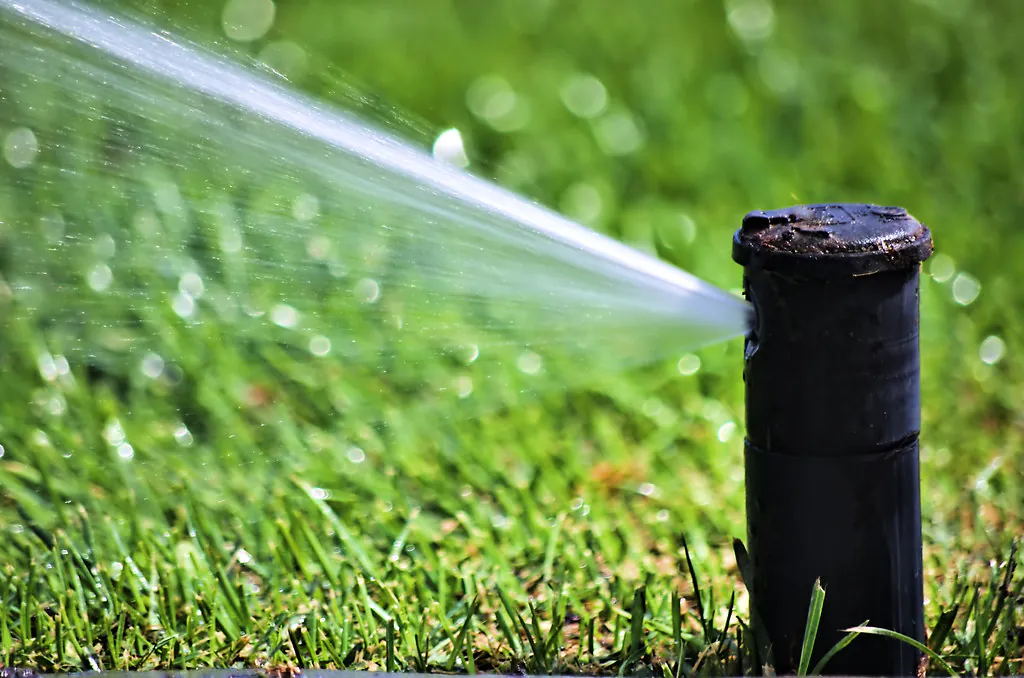
Before we get into this tip, you must understand that your unit likely won't reach 68-72°F in the summer. This tip is for when your unit can't maintain 78-80°F.
This A/C summer survival tip is a secret from a long line of HVAC gurus, and it's a three-step process (yes, you must read it ALL):
- Ensure that the outdoor unit is running as it should. Hold your hand over the fan outside. It should be blowing air that’s warmer than the outdoor temperature. If it’s not, then you’ll need to turn it off and schedule a service call. (End here if the unit is not running properly; proceed to Step 2 if it is.)
- If the unit is running, check the pipes leading into the unit for freezing. If you see ice, go to the thermostat and set the unit to OFF and the fan to ON. Leave it that way for eight hours to defrost the unit. (You may want to catch the water that melts off the piping, so we recommend putting cloths down to keep the area clean.) If there is no ice, proceed to Step 3.
- Take a lawn sprinkler and mist the outside of the outdoor unit very lightly. Make sure you only do this a few days per year during the hottest parts of the day, no longer than six hours at a time. The water contains chlorine and other chemicals that will damage your A/C unit over time. Still, this tip is a nice life hack if you use it in moderation.
We hope these tips will make your summer a bit more bearable at home, and maybe they can help a few A/C units survive this grueling season. Stay cool, stay safe, and have a great summer.

